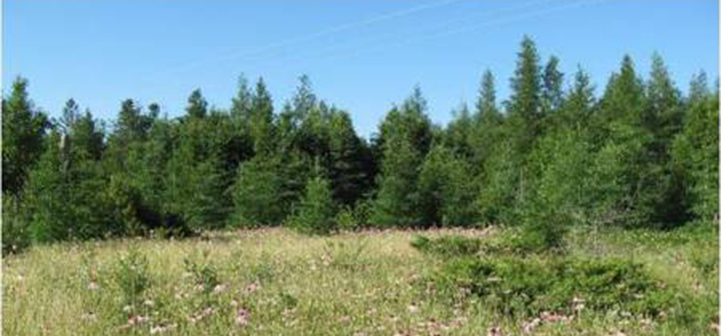Ecosystem-Based Effects
Written by Melanie Lenart, University of Arizona
Climate largely defines where ecosystems occur on the landscape, from deserts to wetlands and tropical forests to tundra. So it’s clear that changes in climate will mean changes in ecosystems around the globe. Not all ecosystems will be displaced, but they all will face potential disruptions and the likelihood of increased disturbance from changing fire regimes and invasions of insects and exotic species.
Some of the specific challenges facing forest ecosystems are described …



